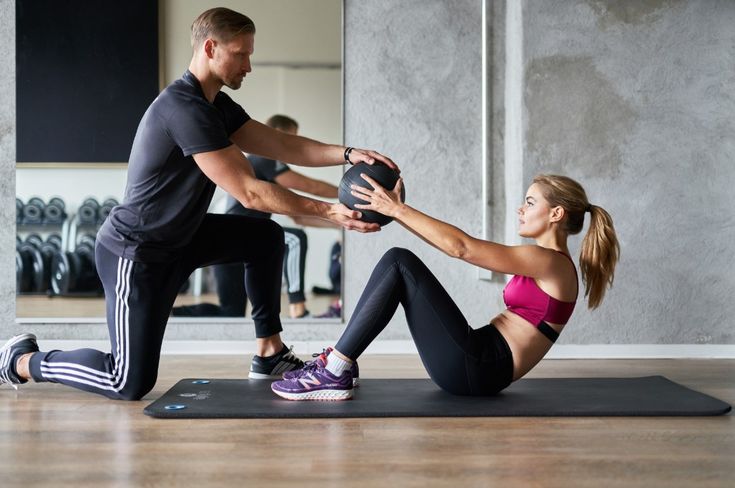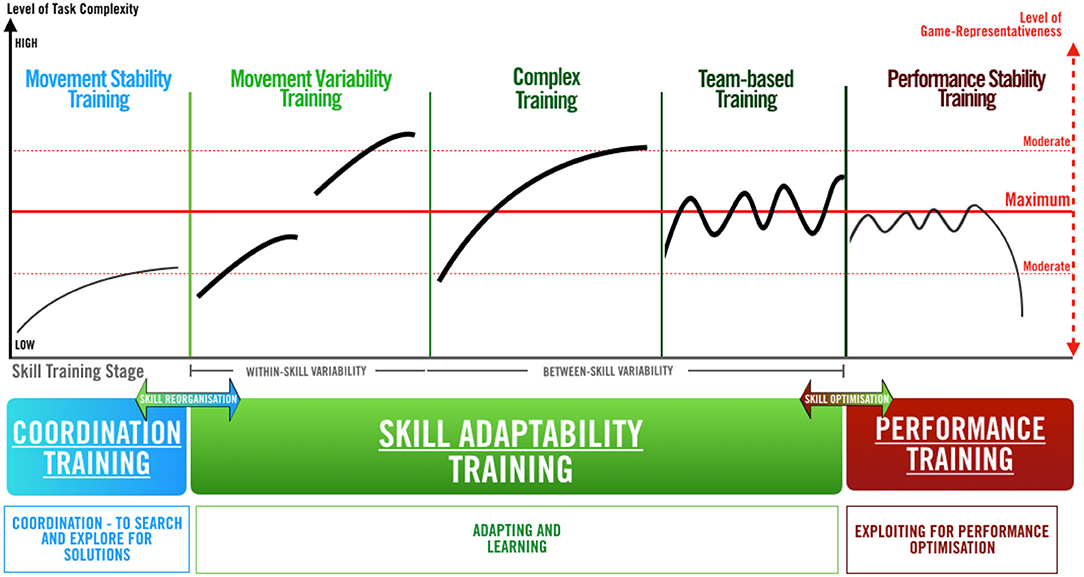
Individual Variability: Why Two Athletes Should Never Follow the Same Program
Introduction: The Myth of the “Perfect Program”
Every athlete wants to know the same thing — “What’s the best program?” But in strength science, there is no single best program. Two athletes can follow the same plan, eat the same meals, and train under the same coach — yet one improves rapidly while the other stalls or burns out. Why? Because human adaptation is individual. This is the principle of individual variability, and it’s one of the most important — yet most misunderstood — truths in training.
1. The Science of Individual Response
When you lift, sprint, or perform any physical task, your body adapts to stress. But not everyone adapts the same way. Research in the Journal of Strength and Conditioning Research shows that even under identical training conditions, strength gains can vary up to 50% among trained individuals. This isn’t about effort or motivation — it’s about biology.
Factors that influence adaptation include:
-
Genetic profile: Muscle fibre type, hormonal sensitivity, mitochondrial density.
-
Training history: Beginner vs advanced athletes adapt differently.
-
Age and sex: Hormonal profiles and recovery capacity vary naturally.
-
Nutrition and sleep: Energy availability and recovery quality affect performance.
-
Lifestyle and stress: Mental and physical fatigue alter adaptation rates.
At NASC, this is known as the Principle of Individualisation — every program must match the person, not the population.
2. High Responders vs Low Responders
Within any training group, you’ll find high responders, average responders, and low responders. High responders improve quickly even with minimal changes. Low responders may struggle despite consistency — but that doesn’t mean they can’t improve.
The key is adjustment, not abandonment.
“There are no non-responders — only unadjusted programs.”
— NASC Coaching Principle
NASC coaches are trained to identify these patterns early and adapt programming variables such as load, frequency, and recovery to each athlete’s response curve.
3. Program Design Through the Lens of Variability
Here’s how individual differences shape program design:
| Variable | If Athlete Adapts Slowly (Low Responder) | If Athlete Adapts Quickly (High Responder) |
|---|---|---|
| Volume | Gradually increase workload (more sets/reps) | Reduce slightly to prevent overtraining |
| Intensity | Progress faster or add micro-loads | Rotate exercises to avoid neural fatigue |
| Frequency | Add one extra session weekly | Maintain or reduce slightly |
| Recovery | Focus on nutrition, sleep, stress control | Prioritise deloading and monitoring |
| Exercise Variation | Include more variety to find effective stimuli | Stick to proven movements longer |
This adaptive framework turns programming into a living process, not a static plan.
4. Monitoring: Turning Data Into Decisions
Individualisation is impossible without feedback and data. Modern NASC-trained coaches use objective and subjective tools to track response, such as:
-
Performance tests: 1RM, vertical jump, sprint time.
-
Velocity tracking: Real-time bar speed as a marker of readiness.
-
HRV (Heart Rate Variability): Tracks recovery and autonomic balance.
-
RPE logs: Measures perceived exertion and fatigue levels.
-
Wellness questionnaires: Sleep, soreness, and mood scores.
By analysing these trends, coaches can adjust programming weekly — ensuring the athlete stays in their optimal adaptation zone.
5. The Dangers of Copying Programs
Social media is full of “elite athlete” training plans, but copying them blindly ignores one reality: The program that built that athlete was built for that athlete. Differences in genetics, technique, recovery, and environment mean even the best template can fail for the wrong person.
NASC’s stance:
-
Programs should serve as frameworks, not blueprints.
-
Adaptation must be guided by testing, not imitation.
-
True coaching is about individual application of universal principles.
6. Case Study: Two Athletes, One Plan — Different Results
Imagine two athletes preparing for a national powerlifting meet:
-
Athlete A has fast-twitch dominance, high neural drive, and recovers quickly.
-
Athlete B has more slow-twitch fibres, slower recovery, and higher work capacity.
Both follow a 5×5 strength cycle. Athlete A peaks quickly but burns out before competition. Athlete B adapts steadily and hits personal bests on meet day. The same program — two completely different outcomes. This is why periodisation and load management must be individualised to biological response, not just the calendar.
7. The NASC Standard: Coaching the Individual, Not the Average
NASC’s educational model trains coaches to master the art of adjustment:
-
Use data, not assumptions.
-
Program for adaptation, not aesthetics.
-
Observe patterns, not just results.
-
Coach the human, not just the athlete.
This is what separates scientific coaching from routine instruction. Every NASC-certified coach learns to blend physiology, psychology, and data — creating programs that evolve with the athlete.
Conclusion: There’s No “One-Size-Fits-All” in Performance
Strength science teaches us one timeless truth — what works for one may not work for another. Individual variability isn’t a flaw; it’s the foundation of progress. The best programs don’t promise universal results. They promise personal adaptation — guided by science, data, and intelligent coaching.
That’s the NASC way: Precision, Progression, and Personalisation.



